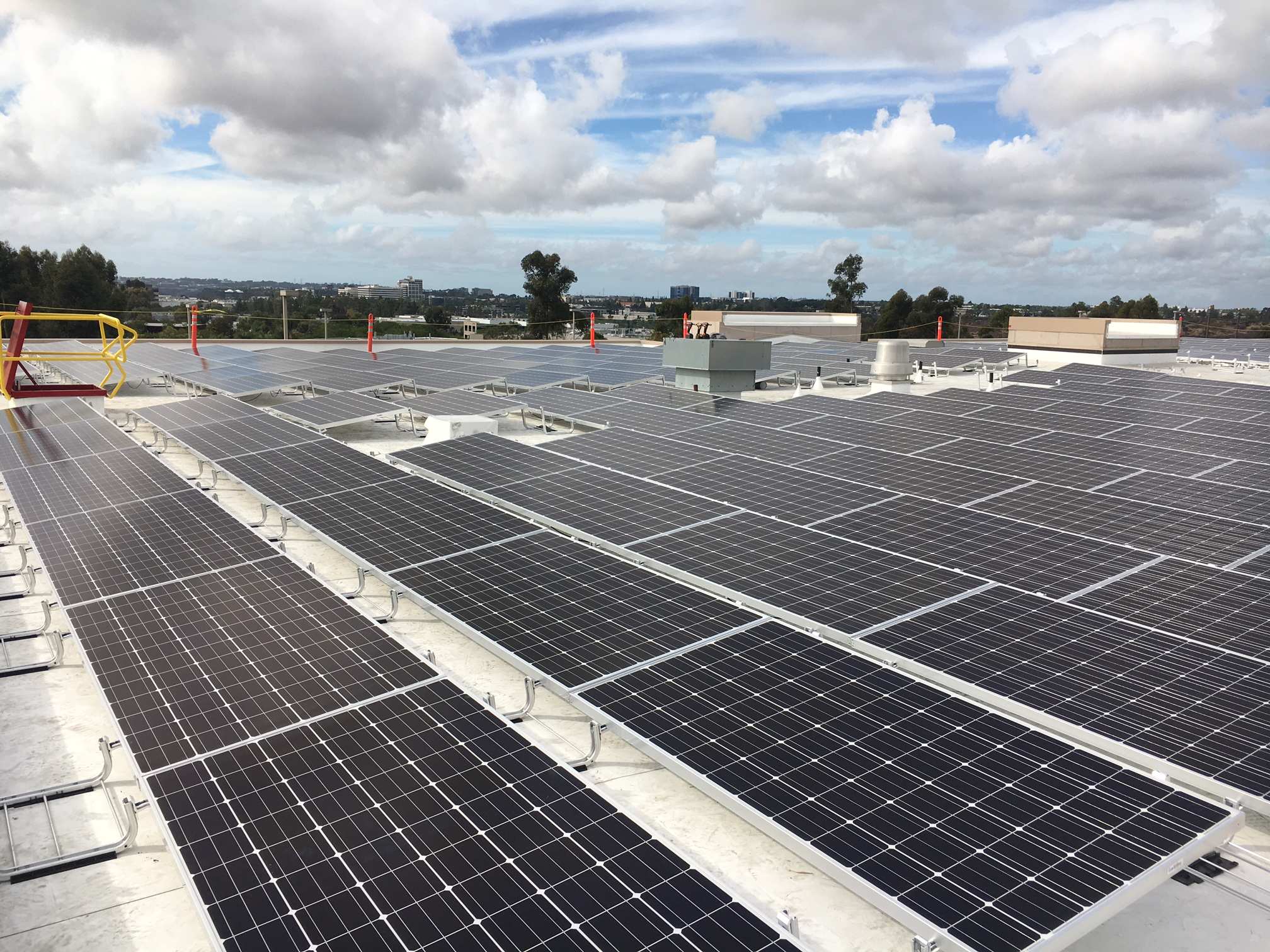
Democratizing Clean Energy: The Undeniable Rise of Community Solar

Community solar has come of age. To date, 22 states have passed legislation supporting community solar projects, and there are active, working community solar projects in 43 states and the District of Columbia.
While municipalities and utilities have long understood the benefits of community solar to provide low- to moderate-income residents with lower cost clean energy, local businesses, schools, and nonprofits are also getting involved in community solar.
EDPR NA DG has been working with a diverse set of community solar customers ranging from the commercial and industrial (C&I) sector as well as healthcare, manufacturing, retail, and local government sectors.
Community solar offers a convenient subscription-based model for renewable energy that doesn’t require the customer to put solar on their premises. This makes it attractive for entities like schools and small businesses because there are no roof penetrations and in fact, no requirement to use the roof at all.
Expanding Clean Energy Access to the Underserved
Community solar expands access to solar to virtually anyone, including, in particular, customers most impacted by a lack of access to renewables, all while building a stronger, distributed, and more resilient electric grid.
Subscribers to a community solar project receive credits on their regular electric bill for the clean energy produced, saving an average of 10 to 15% on their bill. Everyone, including renters and in some states, co-op and condo owners, can save money by accessing the clean energy produced by community solar. In many states, at least 40 percent of the subscribers must qualify as low- to moderate-income (LMI).
EDPR-NA DG is currently operating 30 MW (29.8MWAC) of community solar projects In New York and Maine, with 32 MW now in development in three states. While our focus has been in states where community solar parameters are well defined, such as New York, where we are the #1 provider of renewable energy overall, we are expanding our efforts across new states such as Massachusetts, Maryland and Illinois.
Some companies choose to serve as anchor tenants for community solar projects, providing a high level of visibility to their efforts. For Climbing Bines Craft Ale in Penn Yan, NY, solar was the perfect complement to their sustainability-focused hops farm. Their site hosts a 5MW community solar project that provides lower-cost clean energy to residents of the Finger Lakes region.
Delivering on ESG for Larger Customers
For corporate subscribers, community solar helps lower costs and carbon emissions with a direct focus on the local community that is highly quantifiable. This is a triple win for companies’ environmental, social and governance (ESG) goals – and shines in comparison to most ESG initiatives, which tend to focus on a single objective.
Even when onsite or near-site community solar is not an option, companies can get involved in a community solar project by direct investment, advocacy, subscription and oftentimes, introduction to a community base.
One example of this is the Mines Press Project developed by EDPR NA DG in New York State, where Catholic Charities got involved. Catholic Charities, wanted to access cost effective energy, while achieving its own sustainability goals, and pass on savings to its tenants, many of whom face daily energy poverty. The 1.2 megawatt (MW) community solar + storage facility located in Cortlandt Manor, NY, combined with another recently completed project, enables Catholic Charities to pass on approximately $1 million in savings to its LMI housing tenants over the course of 20 years.
This project was the first solar + storage project of its kind in New York State and helps deliver on the state’s goal to deploy 10 gigawatts (GW) of distributed solar generation capacity by 2030. The state also seeks to achieve 100 percent zero-emission electricity by 2040 and cut its CO2 footprint by at least 85 percent by 2050, compared to 1990 levels.
A Different Way to Develop Community Solar
A key difference in the way EDPR-NA DG develops community solar projects is that the team works with the customer to customize each project based on local/state regulations, incentives, the needs of the customer as well as the community. Our projects provide tangible benefits to local communities that go beyond lower cost clean energy, such as workforce development and vocational and internship training.
Our team stays involved in the project well beyond its initial commissioning and is accountable for every project’s long-term performance, often over a generation or more.
Our projects are as diverse as the communities and customers they serve--fueled by a passion to deliver solar that benefits more people, in more diverse ways, than ever before.
For more information on how to build community solar in your area, contact us.
Contact Information:
Eric Misbach,